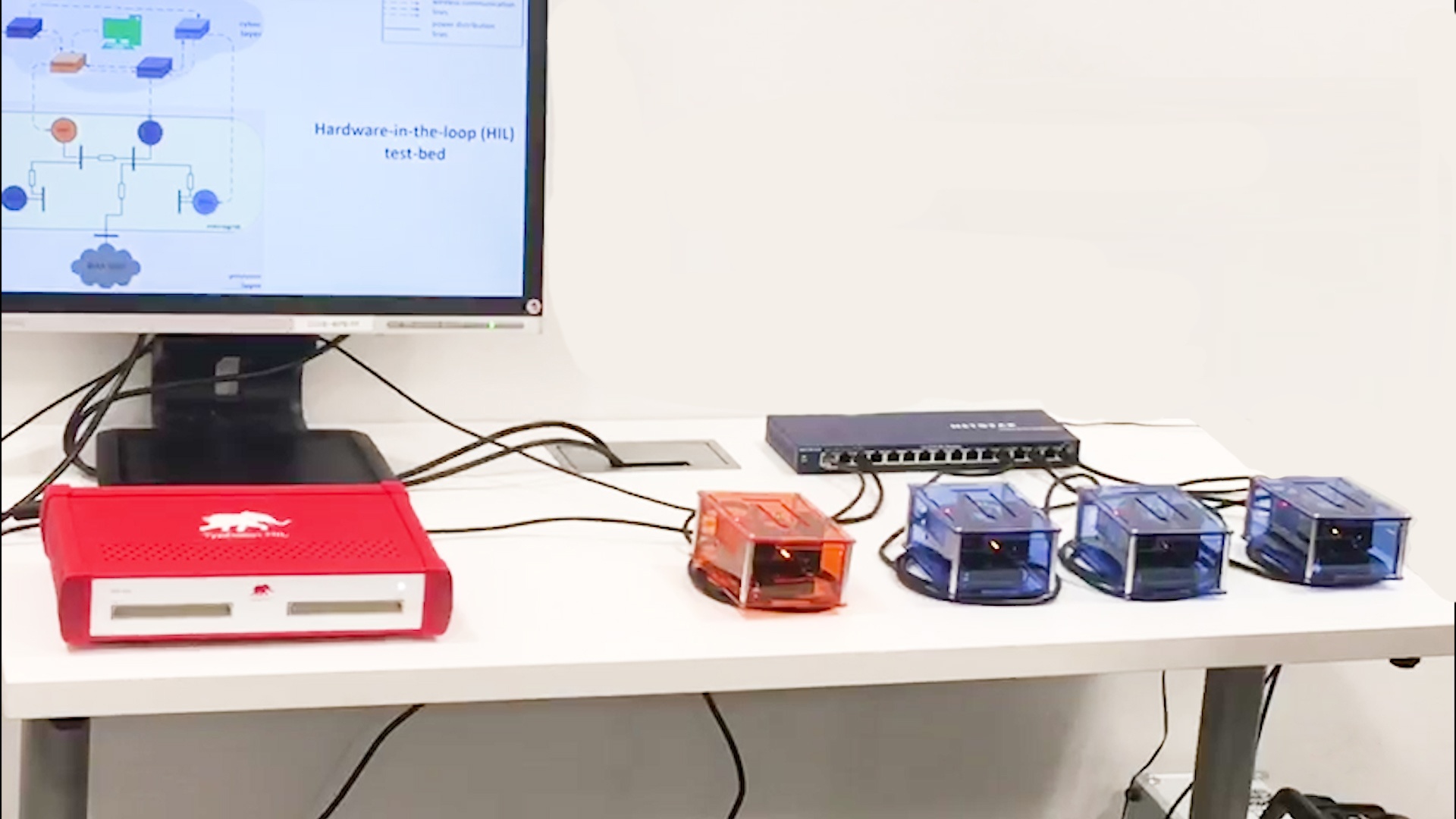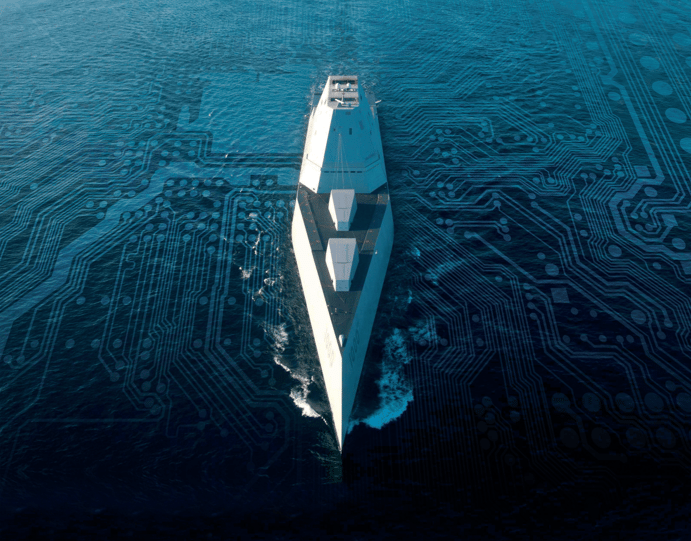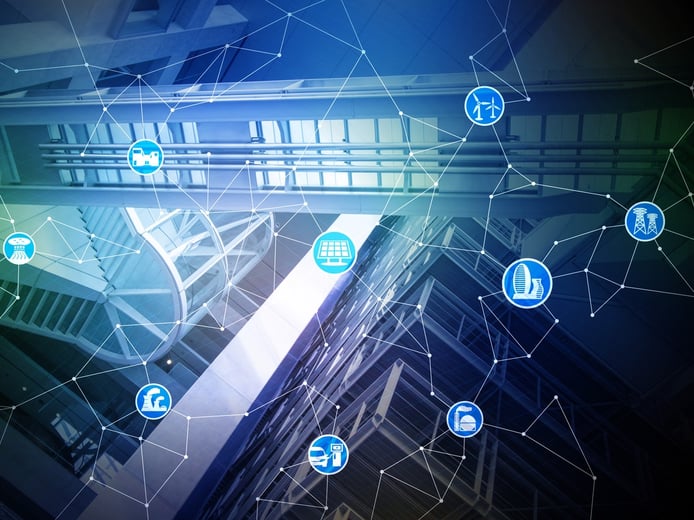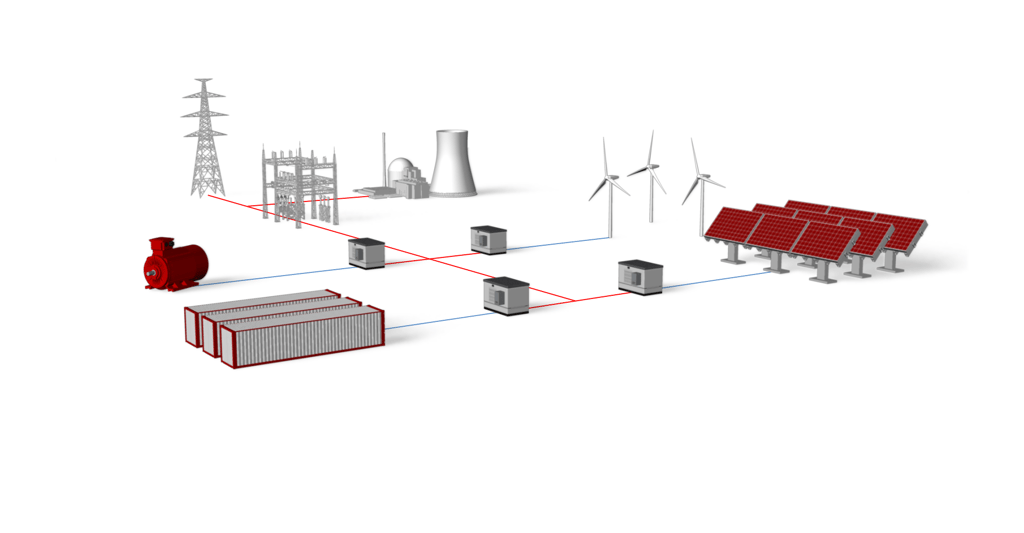“The Controller Hardware-in-the-Loop is a very important and required step before actual validation or implementation because we can take care of all the corner cases.”
At the Future Renewable Electric Energy Delivery and Management (FREEDM) Systems Center at North Carolina State University, U.S. universities and industry partners focus on modernizing the electric grid using advanced power electronics.
As one of the founding faculty members at FREEDM System Center, Dr. Subhashish Bhattacharya’s research focuses on power electronics and power systems including DC Microgrids.
Dr. Bhattacharya discusses how Controller Hardware-in-the-Loop (C-HIL) reduced the cycle time of design, validation and testing of DC Microgrid controllers from academia to industry.

 Resilience is a new way of dealing with the unknown. Modern society has come to believe that we can rise above risk by using historical data and design analyses to quantify probabilities and
Resilience is a new way of dealing with the unknown. Modern society has come to believe that we can rise above risk by using historical data and design analyses to quantify probabilities and 





